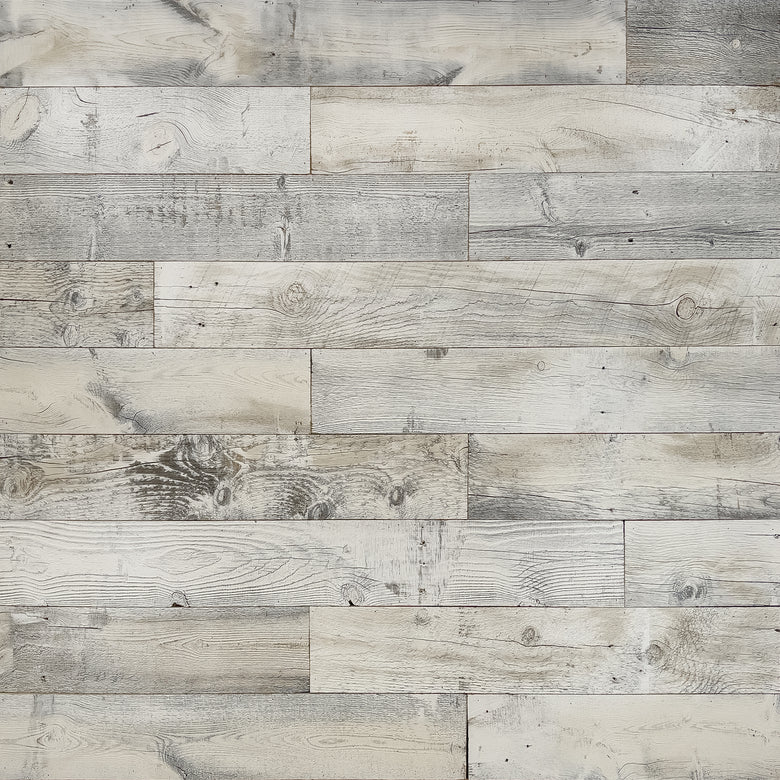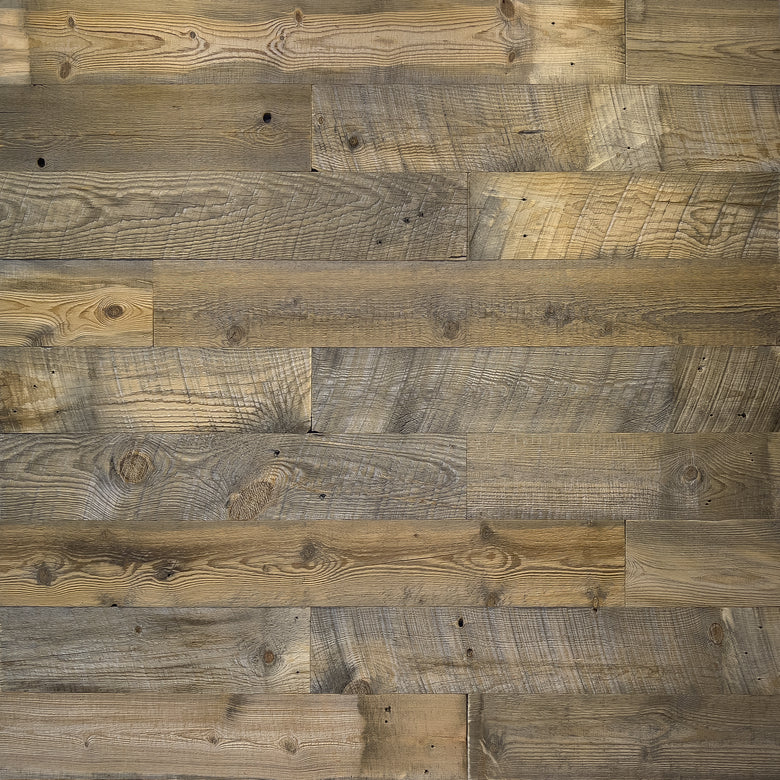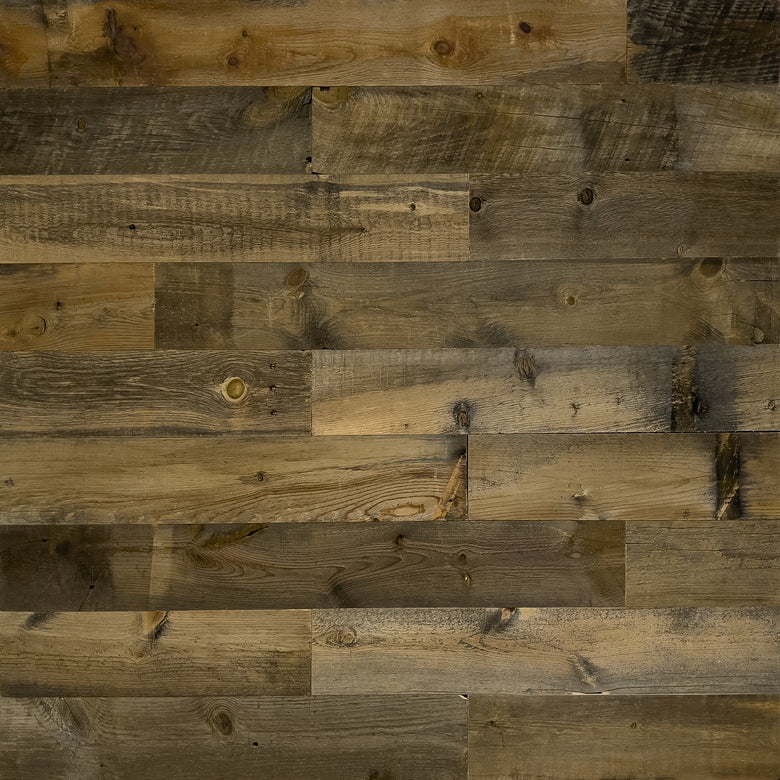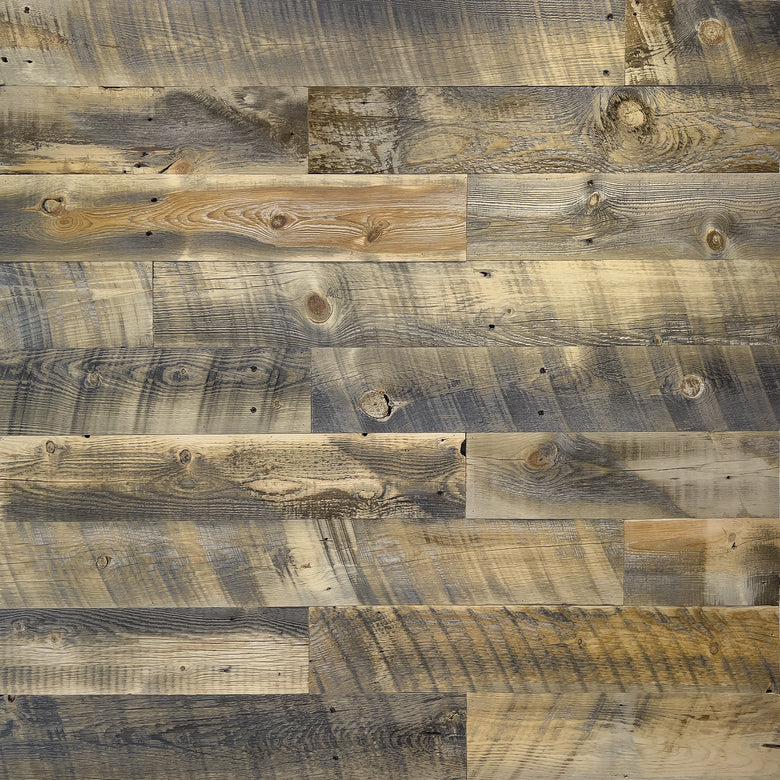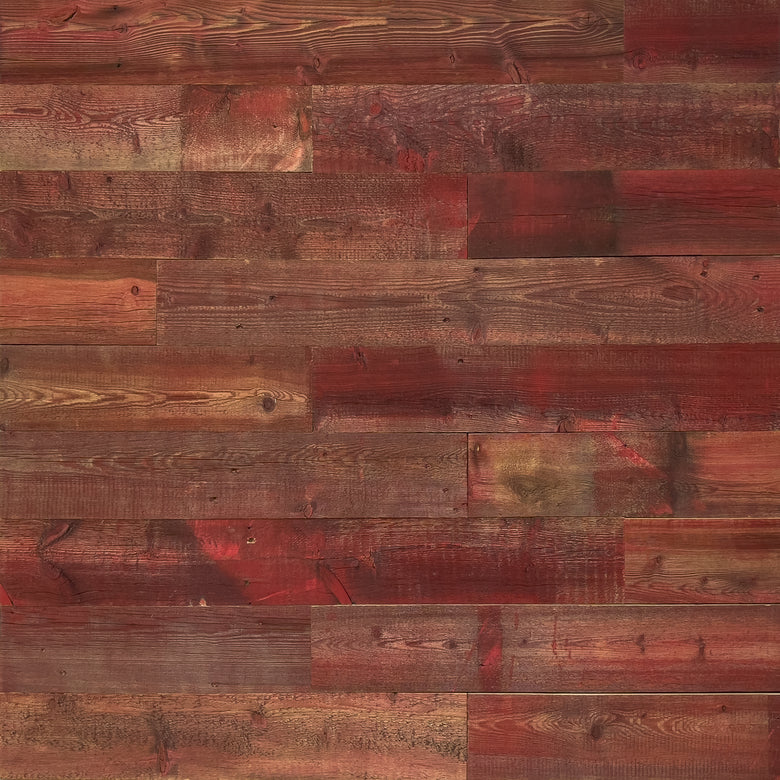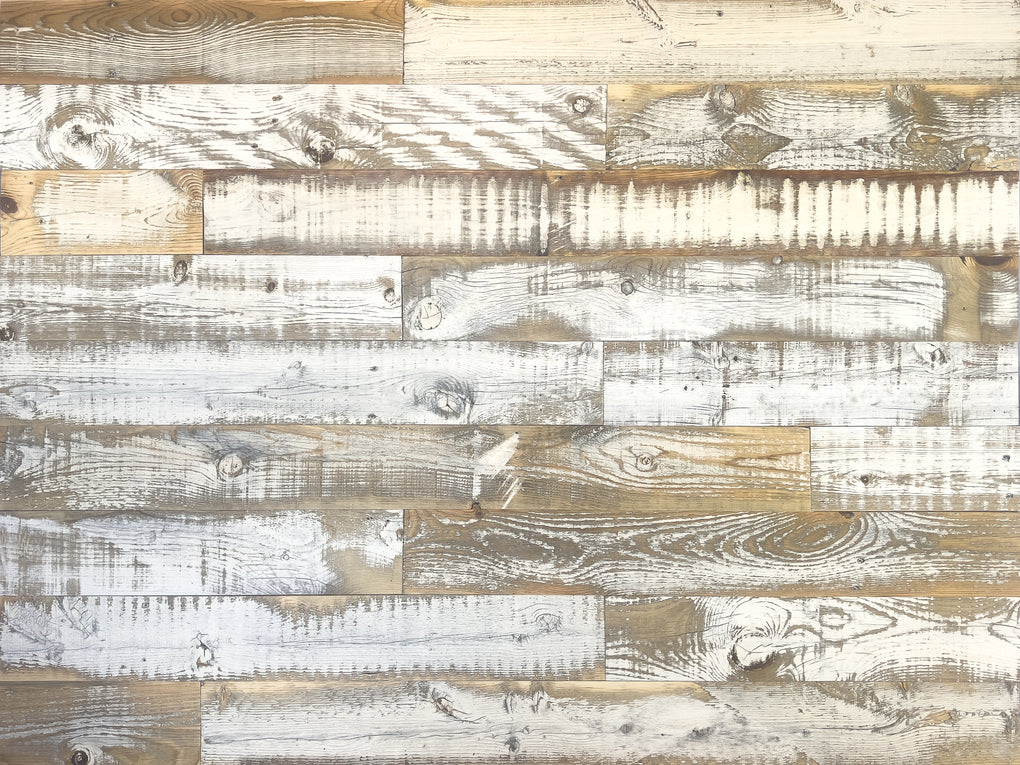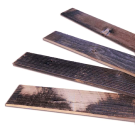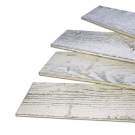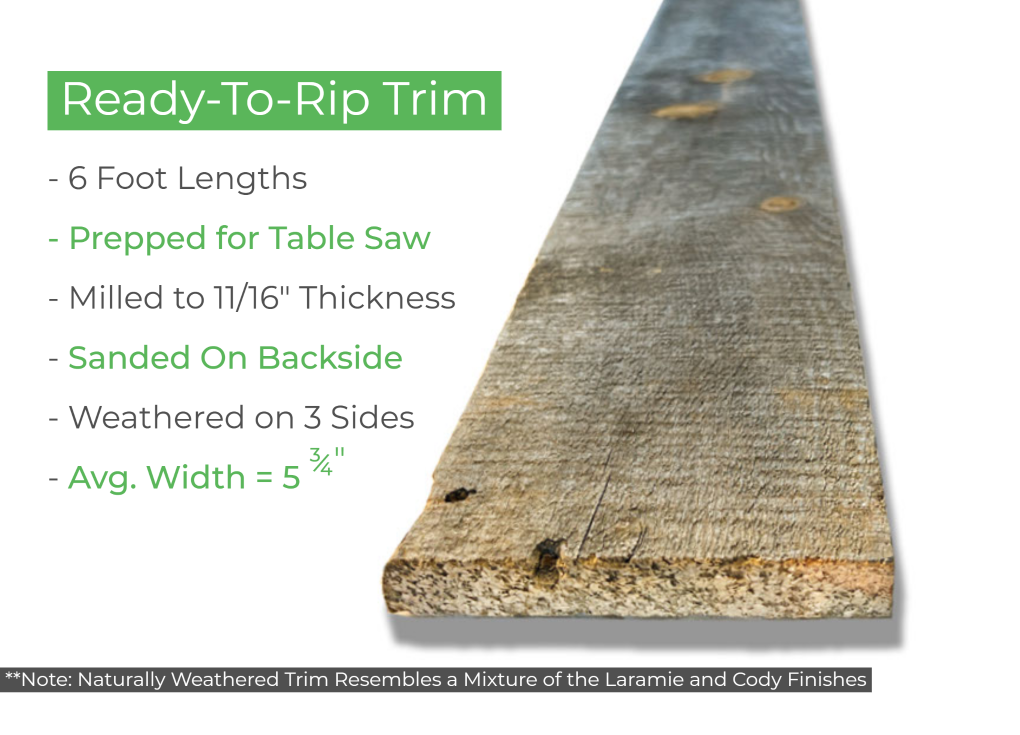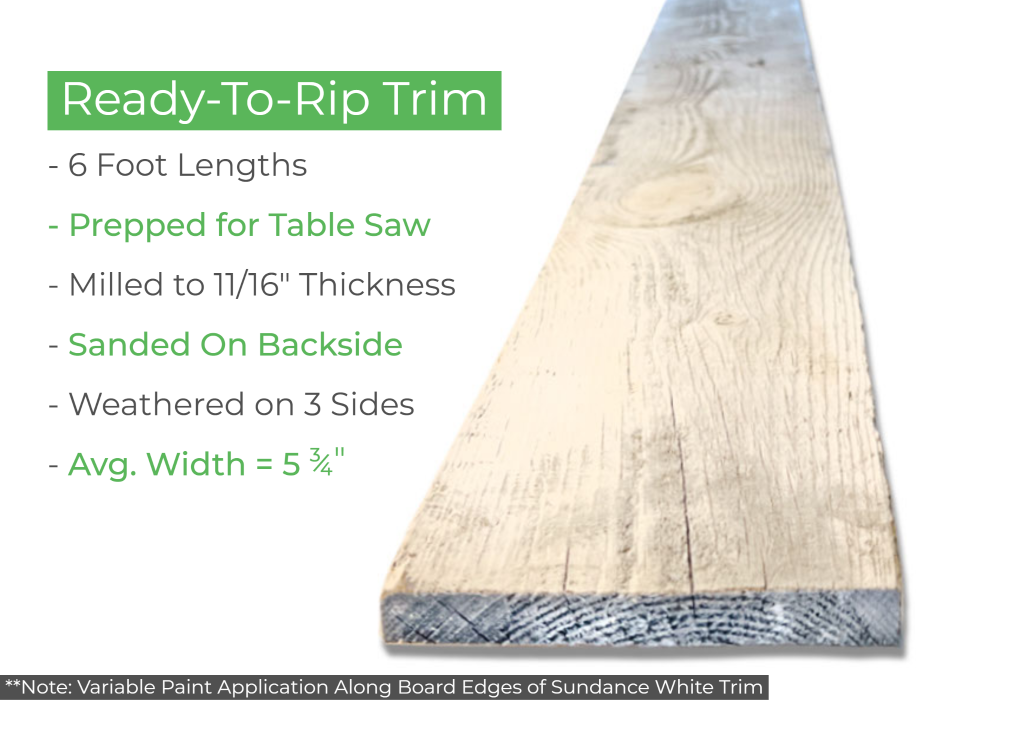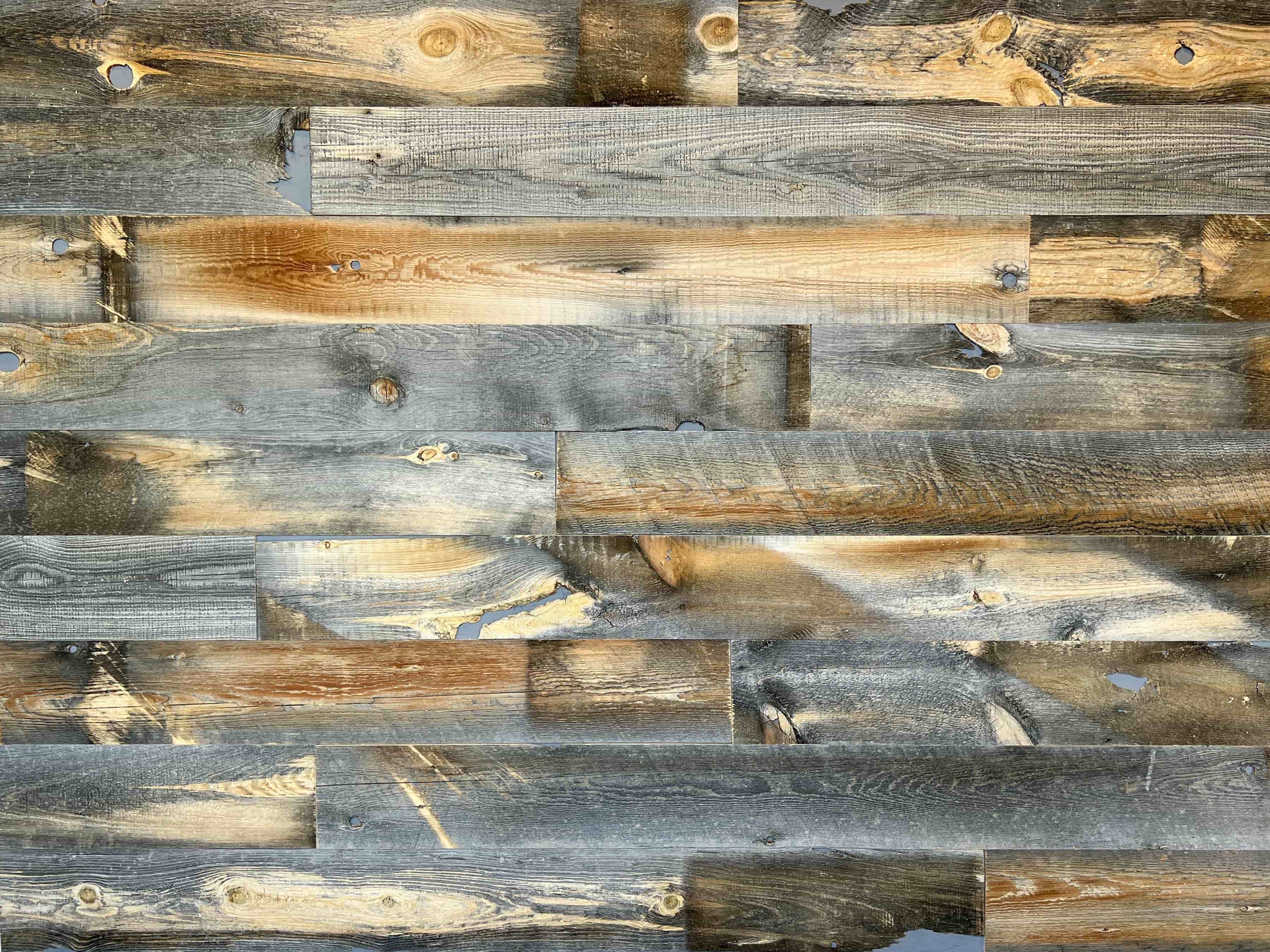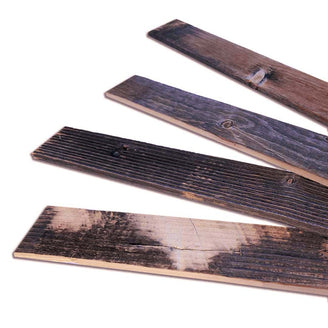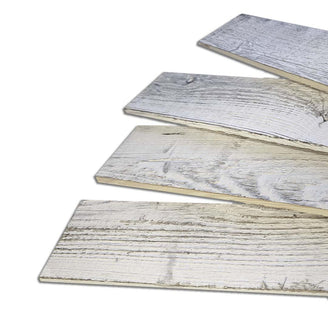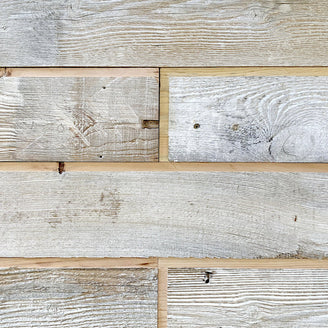Preserving Wood’s Integrity
Rot is the silent killer of wood. When water figures out a way into wood fibers, it encourages the growth of fungus that gnaws away at it, leading to decomposition over time. The result? The wood weakens, compromising its structure and appearance. A waterproofing treatment helps negate this issue, dramatically slowing down water damage caused by water penetration.
Preventing Mold and Mildew Growth
Another significant advantage of waterproofing is its capability of impeding mold and mildew growth, safeguarding inhabitants from potential health problems. Persistent dampness in wood forms a breeding ground for these fungi, which can lead to an array of health issues, including allergies. Waterproofing helps to block out moisture, preventing the wood from becoming a haven for mold and mildew.
Insulation Benefits
Wood, due to its cellular structure, is a natural insulator against heat. However, excessive moisture negatively impacts these insulating properties. A sound waterproofing barrier helps to seal out entropy-causing moisture, preserving the wood’s natural ability to retain heat.
Enhancing Heat Resistance
Incorporating fireproofing into wood provides an extra line of defense. This added protection is particularly crucial in high-risk areas like kitchens, living rooms with fireplaces, or dry regions that are prone to wildfires. Fireproofing slows down how rapidly flames can spread across the wood's surface, granting extra time that could prove pivotal in controlling a fire outbreak.
Preservation & Peace of Mind
All in all, waterproofing and fireproofing can lead to cost savings over time, reducing the frequency and expenses of replacement. But perhaps even more necessary, it provides peace of mind knowing that the wood in your home is well-protected and will be part of your family for generations.
How Centennial Woods Can Help
It's interesting that despite the clear benefits, many reclaimed lumber companies still do not have the option to add a water-resistant or fire-resistant sealant. Thankfully, Centennial Woods is not your average reclaimed wood company. We take pride in transforming weathered Wyoming snow fence slats into beautiful, durable, and versatile wood planks for your home or business. We truly distinguish ourselves in our commitment to our wood's safety and longevity, showcased in part by our Flame Stop II (fireproofing) and Centennial Seal (waterproofing) treatment options which won’t darken or affect the look of your wood.
For those of you looking for reliable wood paneling, trim, or exterior siding, we invite you to explore our offerings. We are confident that our treated, high-quality, and eco-friendly wood products will give you the aesthetic charm you are after without having to worry about waterproofing or fireproofing the wood yourself.
Trust Centennial Woods to help you create beautiful, enduring, and safe wood projects. Safety doesn’t mean compromising on beauty, choose products that promise both. Shop Centennial Woods' interior products today or contact us for a free quote on our exterior siding!




